Until recently, east Tokyo’s Kameari neighbourhood was perhaps best known as the setting for KochiKame, a popular manga about a hapless policeman that ran for 40 years before bowing out in 2016. These days, however, there’s a new crowd coming to this far-flung corner of the city – and they’re here to visit a bookshop under the railway tracks of the Joban Line, along with a record store, an exhibition space and a coffee shop.
The tracks that snake out from Kameari Station run high overhead, cutting through a residential area with a narrow road on either side. Underneath this is mostly blank space; there’s some bicycle parking here and there, as well as a small supermarket, but the railway line’s underbelly was otherwise left unused – until now. Stroll 10 minutes along the railway line from the station and you’ll find Skwat Kameari Art Centre (SKAC).
This unconventional cultural outpost is a quiet presence with no splashy signs or bright colours. Instead, big windows and wooden benches encourage passersby to engage with this fresh addition to their neighbourhood. Peer through and you’ll see people rifling through crates of vinyl or scanning bookshelves. A café, Tawks, is also inviting, while a battered but coolly retro sofa sits outside.
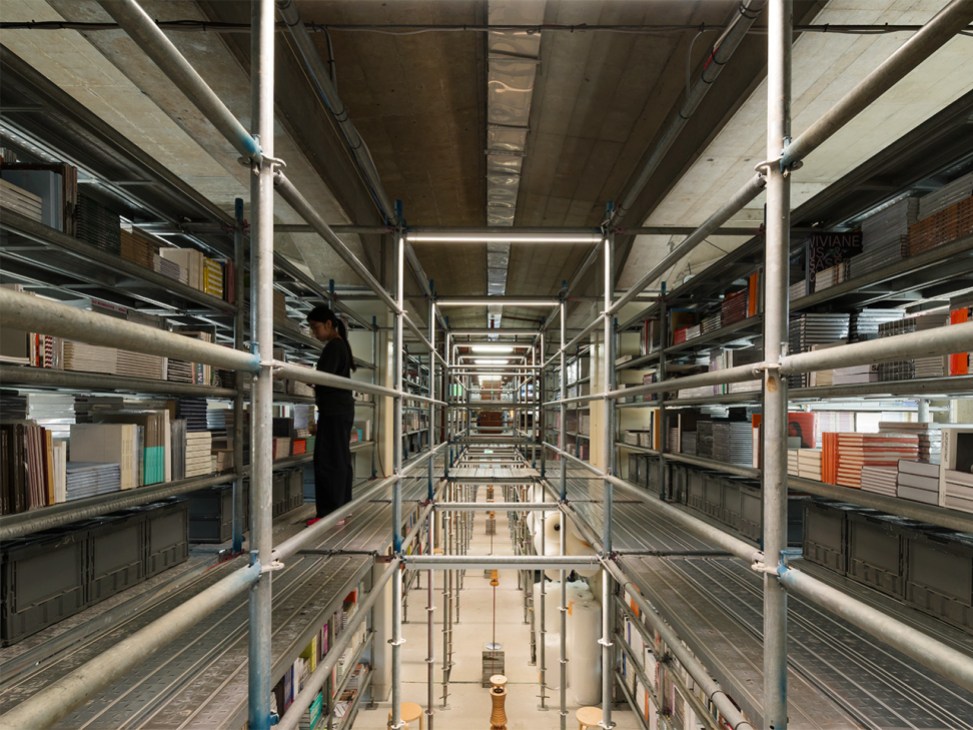 Twelvebooks inventory on open metal shelves
Twelvebooks inventory on open metal shelves
Inside is one of the most unconventional bookshops in Tokyo, a hybrid shop-warehouse for art-book distributor Twelvebooks, founded in 2010 by Atsushi Hamanaka. The company’s inventory of 80,000 volumes is stacked here on open metal shelves. Record shop Vinyl Delivery Service (VDS) sells mostly second-hand titles, while the exhibition space is currently showing a video of a collaboration between upcycling brand Format and artist Seongil Choi.
How did this project come to be here, in an area that’s generally considered unfashionable? SKAC is the work of designer Keisuke Nakamura and his firm Daikei Mills. Until 2019, Nakamura ran his office and an events space known as Vacant in Harajuku, one of Tokyo’s buzziest neighbourhoods. For about 10 years, it was a magnet for a cross-section of cultural scenes; but as that era began to draw to a close, Nakamura tentatively launched Skwat to explore his interest in Tokyo’s overlooked places. In a city that’s teeming with construction sites and epic mixed-use developments, he was curious about the possibilities of buildings or, in this case, voids, that ostensibly had no commercial value.
From the outset, there was a strong cultural element to Skwat. Nakamura made his first stab at the project six years ago. It involved taking over a small house and former dry cleaners in Harajuku – a compact building that was painted in a vibrant blue and filled with art books supplied by Twelvebooks. In this cobalt building, they launched Thousandbooks, where every book was priced at ¥1,000 (€5). Nakamura later opened another Skwat pop-up, again with Twelvebooks, in the glitzy Minami-Aoyama district.
The term squatting – Nakamura became familiar with it as a student in London – implies illegal occupation but this was never Skwat’s intention. “Our concept is to flexibly reimagine spaces,” says Daikei Mills’ Masaki Jo. “We’re trying to find value in places that don’t fit within the existing framework.” Nakamura seeks out places that others might not notice. “When it was decided that we would leave Minami-Aoyama and we were searching for our next location, this underpass caught our attention,” says Jo. After a few conversations with the Japan Railway East Urban Development Corporation, the Daikei Mills team saw potential in what was effectively an empty space.
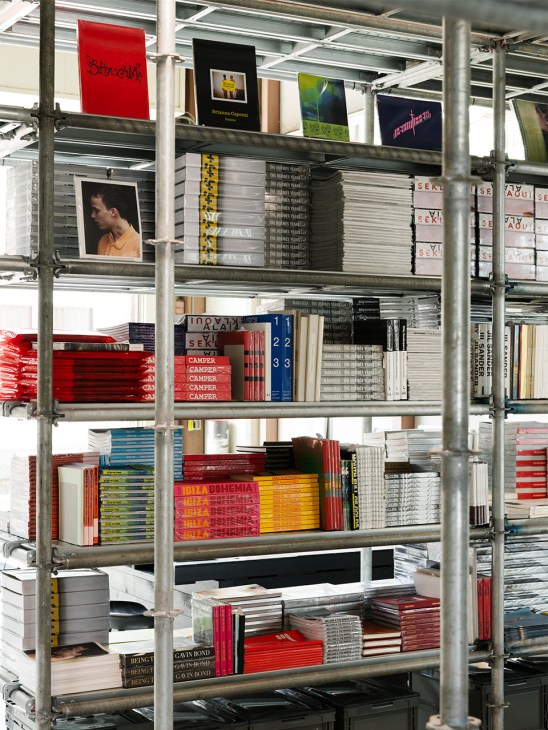 Titles on display
Titles on display
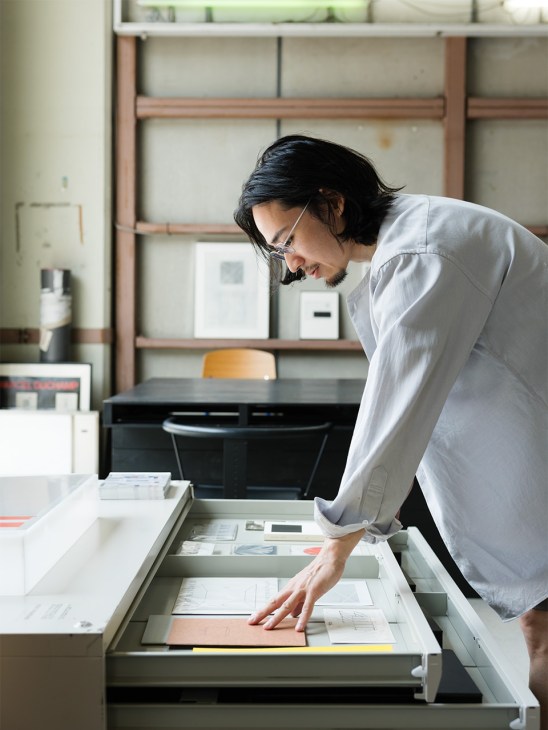 Takaya Suzuki, who looks after printed ephemera
Takaya Suzuki, who looks after printed ephemera
A design for life
Keisuke Nakamura founded Tokyo design studio Daikei Mills in 2011 and has worked on projects for the likes of Issey Miyake, Not a Hotel and Auralee. He has long been interested in finding ways of opening empty spaces to the public. “Tokyo exhibits an excessively timid character, permeated by conservative thinking,” he says. “I have felt the need to break through this, aspiring to guide the city’s potential from a more artistic perspective”. Daikei Mills is now based in Skwat’s Kameari project.
Twelvebooks is bringing the same kind of thinking to the rarefied world of art books. “We want to popularise them,” says Yoko Nakayama, one of Twelvebooks’ staff. “We seek to provide opportunities for people to pick up and browse photo books, and art books published overseas that are often difficult to find in Japan.” The advantage here is that they can also buy them.
Twelvebooks is an organiser of the annual Tokyo Art Book Fair, the largest event of its kind in Asia. Unsurprisingly, the company doesn’t focus on obvious blockbusters. Its most mainstream offerings are a selection of Phaidon titles but otherwise it stocks an eclectic selection of obscure exhibition catalogues, photography books and hard-to-find editions, mostly from overseas. They choose books, mostly from small publishers, that are desirable as objects. Customers might not come with specific titles in mind but they will leave with a slim volume on a house by Balkrishna Doshi, say, or a cookbook from Apartamento.
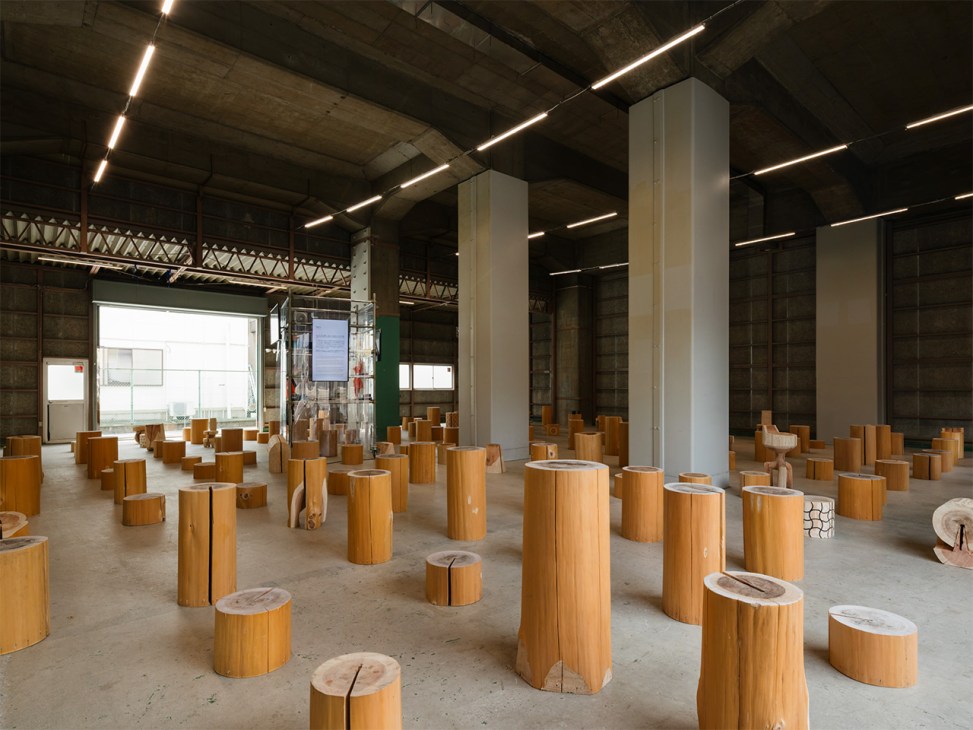 Event and art space
Event and art space
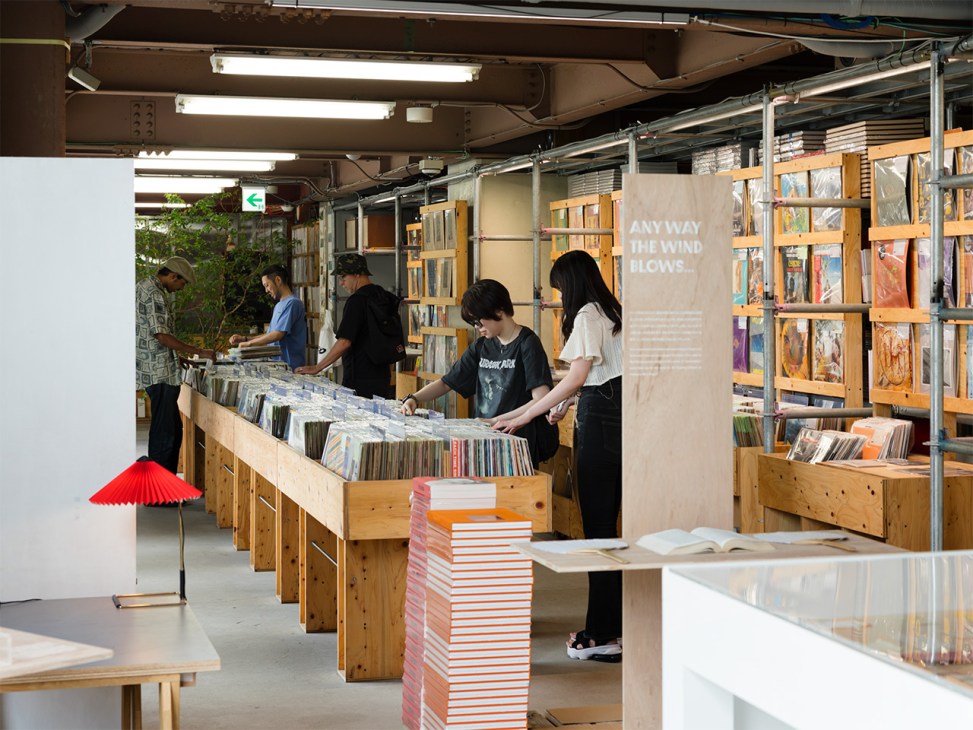 Records at Vinyl Delivery Service
Records at Vinyl Delivery Service
SKAC’s architecture is determinedly industrial. “From the start, we had a deliberate intention to try to ‘reveal’ the raw materials and structure,” says Jo. “We felt that there is a unique beauty to be found in places that seem forgotten within the city or in spaces left unfinished. So, rather than over-decorating, we intentionally left space and openness.” The result is a bracing palate cleanser after the deluge of crafted good taste that’s on offer elsewhere in the city.
The irony is that Skwat’s radical rejection of retail and property norms has made this place a hit. The SKAC project was originally intended to have a limited run but, at least for now, it continues. “I think that it’s because the way we frame our perspective is a little different,” says Jo. “At SKAC, it’s not just about viewing an exhibition. You can pick up a book, listen to music and spend time over a drink. It serves as a place where people relate to their environment through real experiences.”
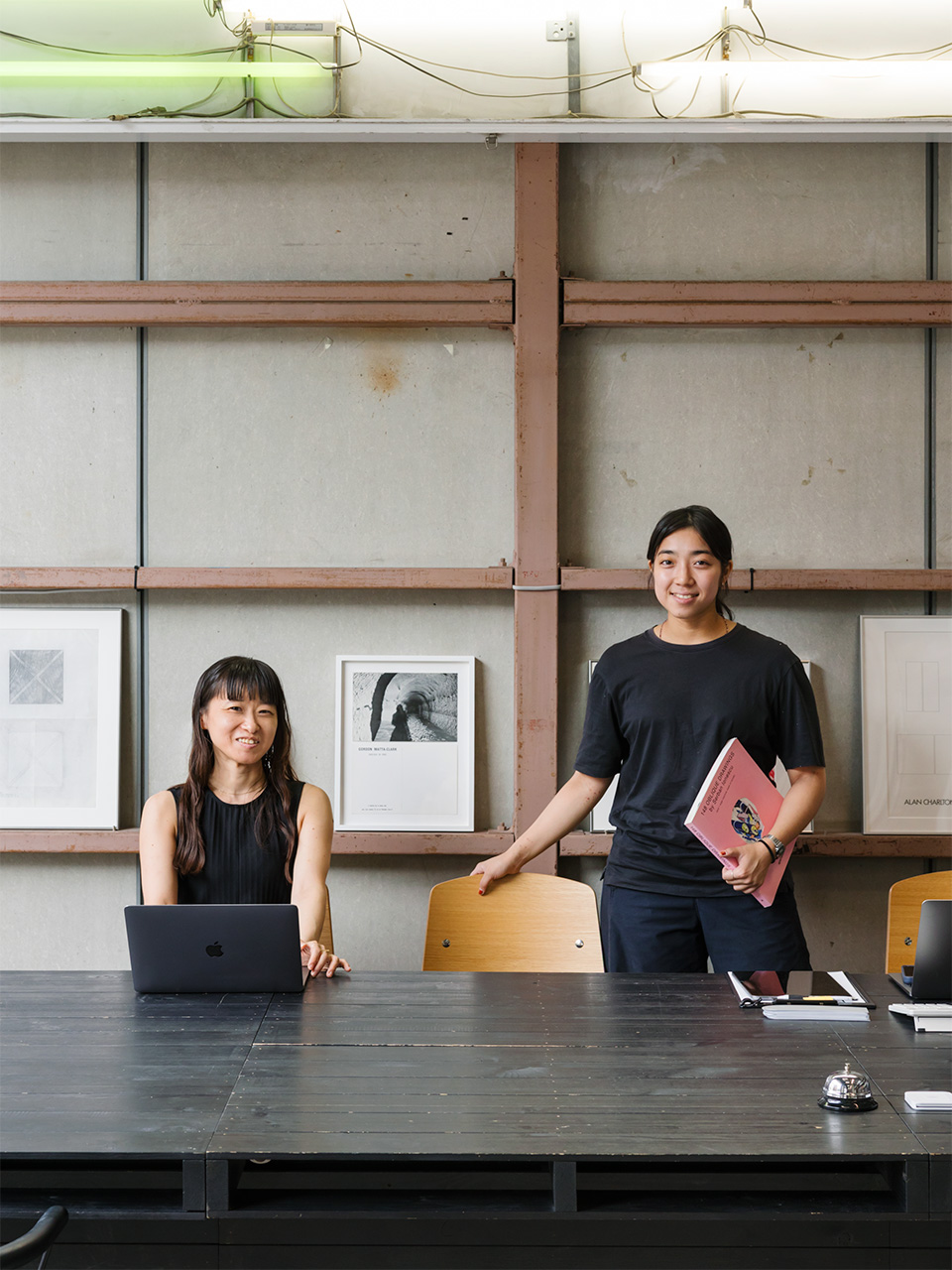 Toko Nomura (left) and Yoko Nakayama from Twelvebooks
Toko Nomura (left) and Yoko Nakayama from Twelvebooks
Skwat’s success has inevitably attracted interest within Japan and further afield. And while Twelvebooks and VDS are core collaborators here, the next outing could look very different. “Each Skwat project is operated by a changing team with a different composition,” says Jo. “Likewise, SKAC is not a fixed team but rather structured according to the goals and content of each project.”
An outing to SKAC should be on the list of any curious traveller in Japan. It will take visitors to a pocket of Shitamachi (downtown Tokyo) that they almost certainly wouldn’t see otherwise – and they can also stop in at the new museum for KochiKame, which opened earlier this year. The project is a radical reimagining of the conventional bookshop format and offers a thought-provoking perspective on what to do with the overlooked pockets of our cities. If you do make it here, come with an open mind, not a shopping list.
twelve-books.com


AloJapan.com